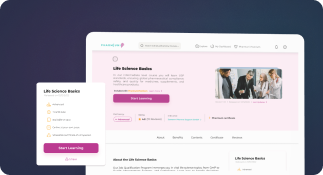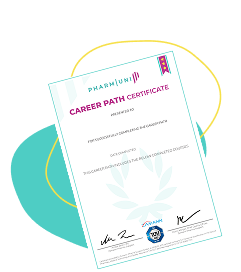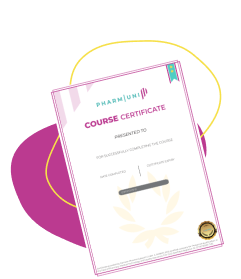The pharmaceutical industry is changing. Sustainability has moved from a buzzword to a business imperative. Companies that once focused only on profits now face increasing pressure to reduce their environmental impact. This shift has created a powerful movement known as Green Pharma.
Green pharma goes beyond compliance. It blends environmental responsibility with innovation. From eco-friendly packaging to cleaner production methods, pharma companies are rethinking how they operate. However, the real transformation lies in the workforce. New roles are emerging. Existing roles are evolving. Professionals who understand both science and sustainability will shape the future of pharma.
If you’re building a career in this industry, you must understand what green pharma means. You’ll need to align your skills with sustainable practices. You’ll also need to adopt a mindset that values environmental impact as much as innovation. In this article, we’ll explore the core of green pharma and show how it’s transforming the future workforce.

The Rise of Green Pharma in the Life Sciences Sector
Sustainability is now part of the pharmaceutical industry’s strategy. Climate change, global waste, and energy crises push companies to rethink every process. Green pharma addresses these challenges through sustainable drug development, manufacturing, and packaging.
Many companies have started reducing their carbon footprint. For example, they invest in renewable energy or switch to biodegradable packaging. Others use green chemistry to avoid toxic substances during drug synthesis. These practices support both the environment and long-term business stability.
Workforce demands have changed too. Companies want professionals who understand environmental regulations and lifecycle assessments. Employees must know how to measure environmental performance. This means future roles will require a mix of technical, regulatory, and green innovation skills.
Pharma’s transformation is not optional. Governments enforce stricter regulations. Patients and healthcare providers demand transparency. Green pharma responds to both forces—protecting people’s health and the planet at the same time. This shift creates new career opportunities and reshapes the skills needed across all functions.
Ready to Future-Proof Your Pharma Career?
Key Pillars of Green Pharma
Here are the five main elements that define the green pharma approach:
Green Chemistry
Avoids hazardous chemicals and focuses on safer, sustainable materials during drug development.
Eco-friendly Manufacturing
Reduces water and energy consumption while improving waste management in pharma production.
Sustainable Packaging
Uses recyclable or biodegradable materials, reducing plastic use in pharma packaging.
Carbon Reduction Strategies
Shifts operations to renewable energy and optimizes logistics to lower carbon emissions.
End-of-Life Management
Manages expired drugs and waste through proper recycling or disposal methods to prevent pollution.
Each of these pillars supports greener practices in pharma operations and opens doors for new job roles in sustainability, environmental engineering, and green compliance.
Sustainable Production and Distribution in Pharma
Sustainable production and distribution are central to the green pharma movement. As the industry grows, so does its environmental footprint—making eco-friendly solutions more important than ever. Today’s pharmaceutical companies aim to reduce waste, cut energy use, and streamline resource consumption without compromising quality. This shift transforms how medicines are developed, manufactured, and delivered across the globe.
Sustainability in pharma also extends to logistics. Packaging waste, cold-chain emissions, and long transport routes all contribute to carbon output. Companies are now rethinking supply chains, embracing local sourcing, renewable energy, and digital tracking tools. These efforts not only reduce costs and environmental impact but also help meet regulatory expectations and improve brand image. In this way, green pharma connects sustainability with operational efficiency and global health outcomes.

Clean Manufacturing & Green Logistics
Sustainable production is at the heart of green pharma. Companies are redesigning processes to minimize water, energy, and material waste. Advanced technologies like closed-loop systems and clean-in-place (CIP) procedures help reduce the use of harsh chemicals. Many facilities now measure and report energy usage, carbon emissions, and chemical discharges. These changes also help reduce costs over time.
On the distribution side, logistics plays a big role in environmental impact. Green pharma focuses on reducing transportation emissions. For example, companies use electric fleets or optimize shipping routes. Cold-chain storage—essential for vaccines—now incorporates solar power or thermal insulation to minimize energy consumption. These updates lower carbon footprints and help companies comply with environmental laws.
Digitalization & Waste Reduction
Digital tools improve sustainability. Smart sensors monitor equipment performance, helping avoid breakdowns and reducing energy use. Digital twins simulate production scenarios, reducing the need for real-world tests. Additionally, data helps track resource usage, which improves decision-making.
Waste management is also evolving. Pharma companies now classify, treat, and reuse production waste. Solid waste is minimized through better procurement and reuse strategies. Liquid waste undergoes chemical neutralization before disposal. These systems reduce the environmental load and improve compliance with international standards.
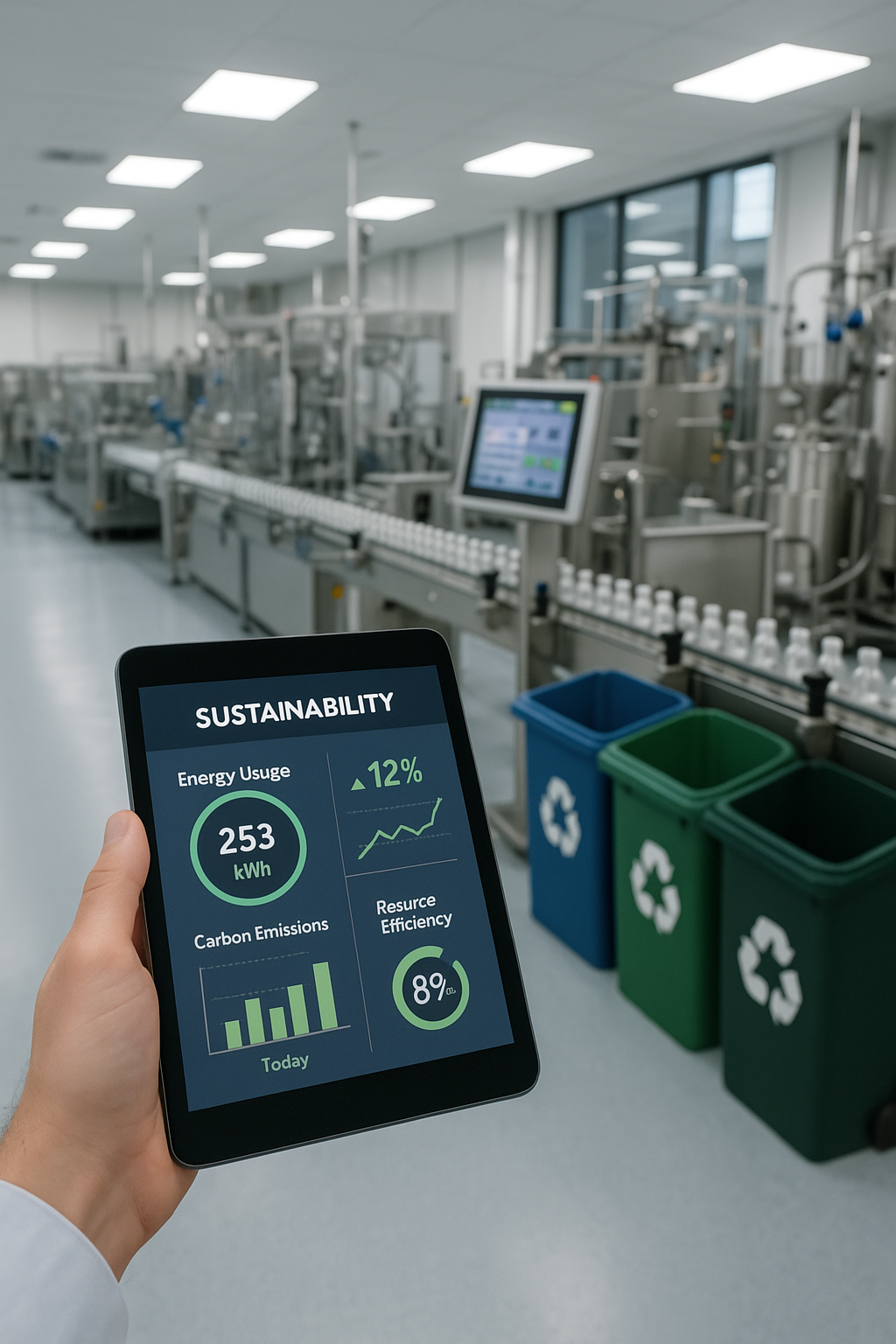
New Careers on the Rise
Here are five emerging career paths shaped by the green pharma movement:
Sustainability Officer
Designs and implements environmental strategies across the company.
Green Compliance Manager
Ensures company activities align with environmental laws and global sustainability standards.
Environmental Data Analyst
Tracks and interprets sustainability data to improve resource usage and reporting.
Eco-friendly Packaging Specialist
Creates recyclable or biodegradable packaging materials for pharmaceutical products.
Green Chemistry Researcher
Develops low-impact processes and green alternatives for active pharmaceutical ingredients.
These roles require not just technical knowledge, but also an understanding of sustainability, circular economy principles, and environmental impact metrics.
Upskilling the Future Workforce in Green Pharma
As the pharmaceutical industry embraces sustainability, the workforce must evolve with it. Green pharma is not just about new technologies—it’s about people who understand how to apply them. Professionals now need to combine technical knowledge with environmental awareness. This shift calls for targeted upskilling to meet the growing demand for sustainability-focused roles and responsibilities. Future-ready employees must develop cross-functional skills.
They must understand how their work impacts the environment and how to improve it. From green chemistry to eco-packaging, every role can support sustainability goals. Training programs, university courses, and on-the-job learning now focus on building this green mindset. By investing in upskilling, companies ensure their teams can drive innovation while meeting environmental regulations. In turn, professionals gain future-proof careers that support both the planet and public health.

Education for a Sustainable Mindset
The pharmaceutical workforce must embrace sustainability through lifelong learning. Universities now offer electives on green chemistry, environmental toxicology, and sustainable engineering. Internships and projects give students hands-on exposure to eco-innovations.
Corporate training has also evolved. Employees attend workshops on energy-efficient manufacturing or responsible sourcing. These initiatives build awareness and inspire sustainable thinking across departments. Even HR teams now assess candidates’ understanding of ESG principles during hiring.
Developing Cross-Functional Skills
Pharma professionals need to work across disciplines. A quality manager must understand energy audits. A product manager should know how packaging choices affect waste. Engineers and IT professionals must coordinate on clean technology projects.
To meet these demands, employees must combine technical skills with environmental literacy. They must speak the language of sustainability—knowing carbon metrics, impact analysis, and green KPIs. These blended skills will become mandatory as companies pursue net-zero targets and green certifications.
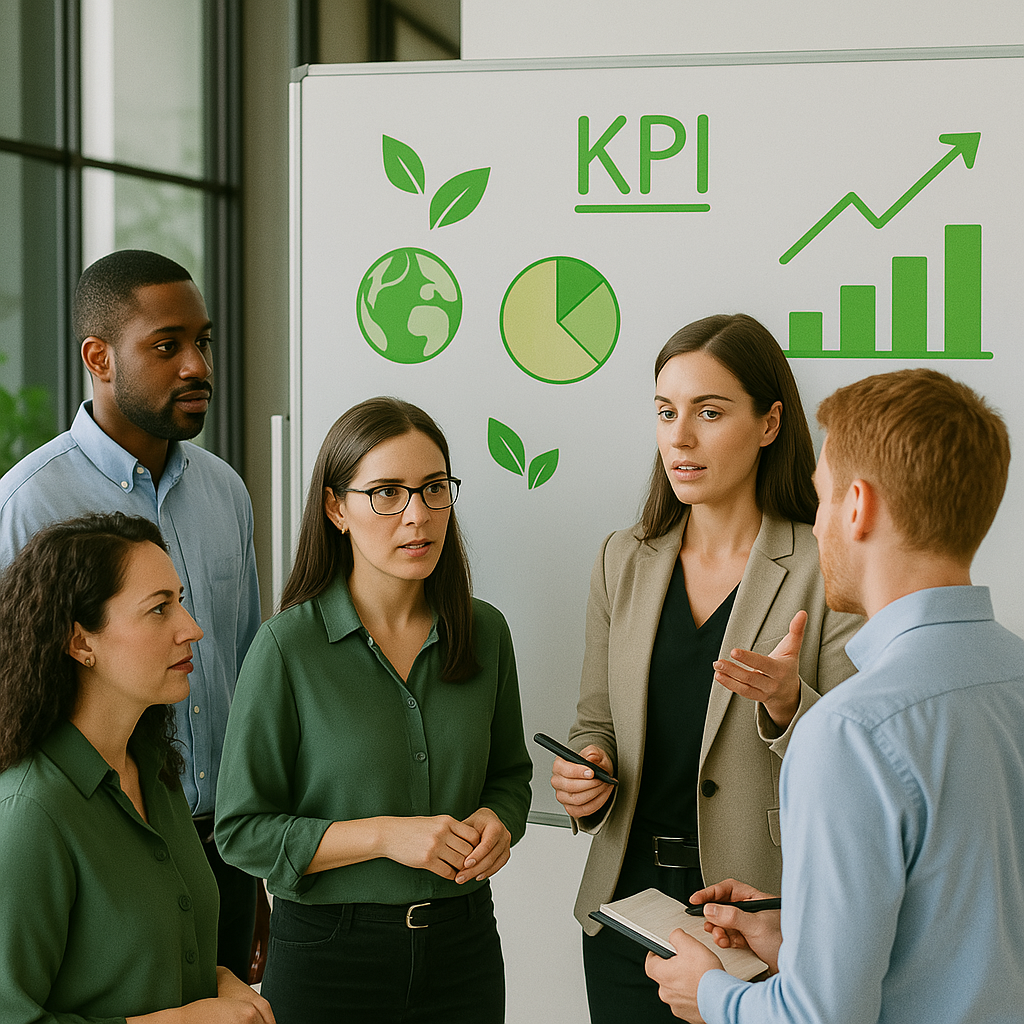
Green Pharma Practices That Are Already Making a Difference
Here are six practical actions already adopted by leading companies:
- Switching to Renewable Energy: Many facilities use solar, wind, or hydroelectric power to reduce fossil fuel reliance.
- Reducing Water Usage: Advanced filtration systems and reuse cycles cut down on wastewater discharge.
- Carbon Footprint Tracking: Firms now calculate CO₂ output across the supply chain and publish results.
- Eco-Design in R&D: Research teams develop formulas that require less solvent or fewer raw materials.
- Zero-Waste Packaging: Companies replace single-use plastics with compostable or reusable containers.
- Green Procurement Policies: Supply chains prioritize vendors that meet sustainability criteria and transparency standards.
Each practice reduces environmental risks and meets rising expectations from investors, regulators, and patients.
Challenges Facing Green Pharma Initiatives
While green pharma is gaining momentum, implementing sustainable practices across the industry is not without obstacles. One major challenge is balancing strict regulatory requirements with environmental goals. Pharmaceutical products must meet high safety and quality standards, which sometimes conflict with green alternatives—such as using recyclable packaging or eco-friendly solvents. Additionally, global regulatory frameworks differ, making it harder for companies to adopt consistent green practices across markets.
Cost is another significant barrier. Transitioning to sustainable operations often requires upfront investments in new technologies, materials, and training. Smaller companies may struggle to afford these changes, especially without clear short-term returns. Moreover, supply chain limitations and lack of skilled professionals in green roles can slow progress. Despite these hurdles, companies that commit to overcoming them gain long-term benefits, including improved efficiency and a stronger reputation.
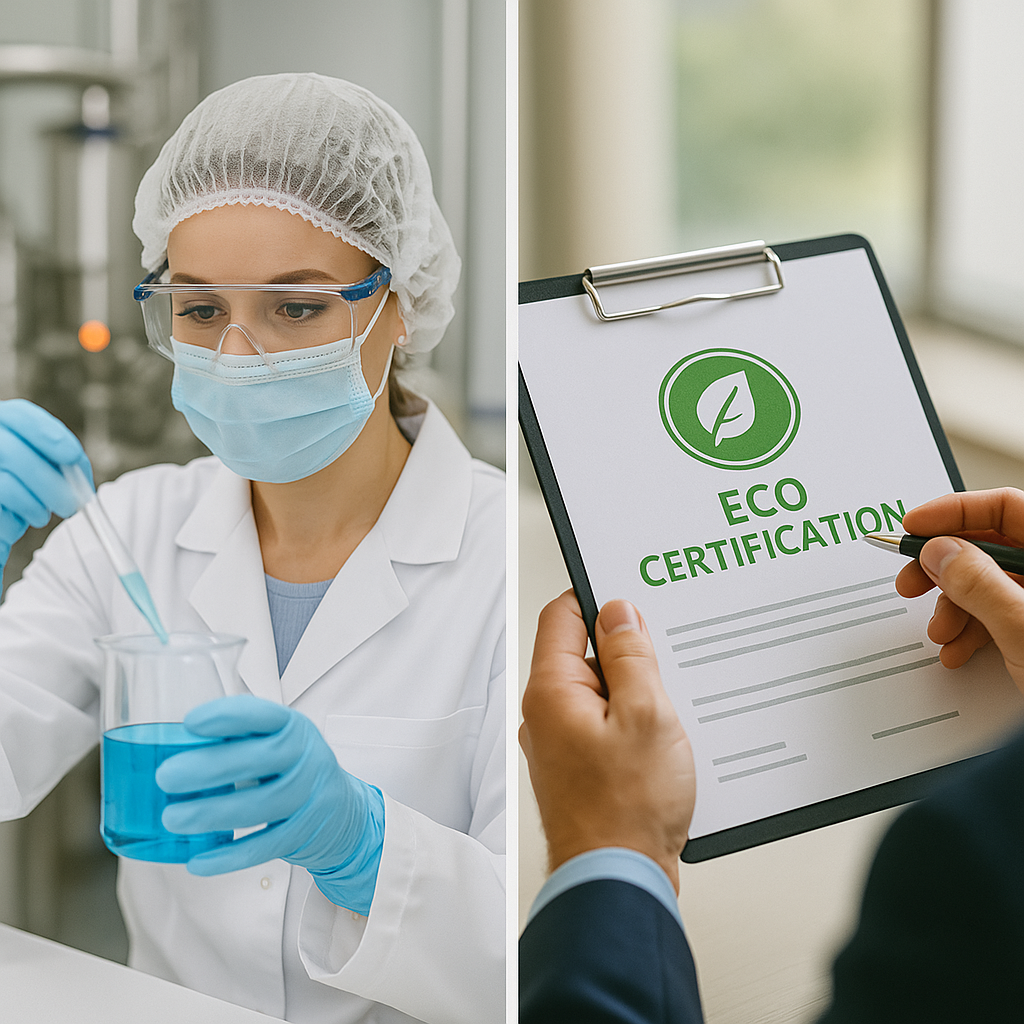
Balancing Sustainability with Regulatory Demands
Pharma companies face a tough challenge: they must meet strict quality and safety rules while becoming more sustainable. Regulatory bodies like the EMA or FDA still prioritize safety over sustainability. This limits the speed of change. For instance, some green packaging may not meet current regulatory standards.
However, regulators are starting to embrace sustainability. The European Green Deal includes pharmaceutical waste reduction. The FDA supports green chemistry in drug production. Over time, these shifts will help companies align both goals—safety and sustainability.
Managing Cost and Return on Investment
Switching to green practices often requires large investments. Renewable energy, water recycling, or low-impact materials can increase upfront costs. In some cases, suppliers may charge more for sustainable alternatives.
However, long-term savings often balance these expenses. Cleaner processes reduce waste, and automation cuts labor costs. Plus, eco-conscious companies gain a competitive edge. Investors, governments, and job seekers all favor sustainable leaders. So, despite initial costs, green investments often deliver strong ROI.
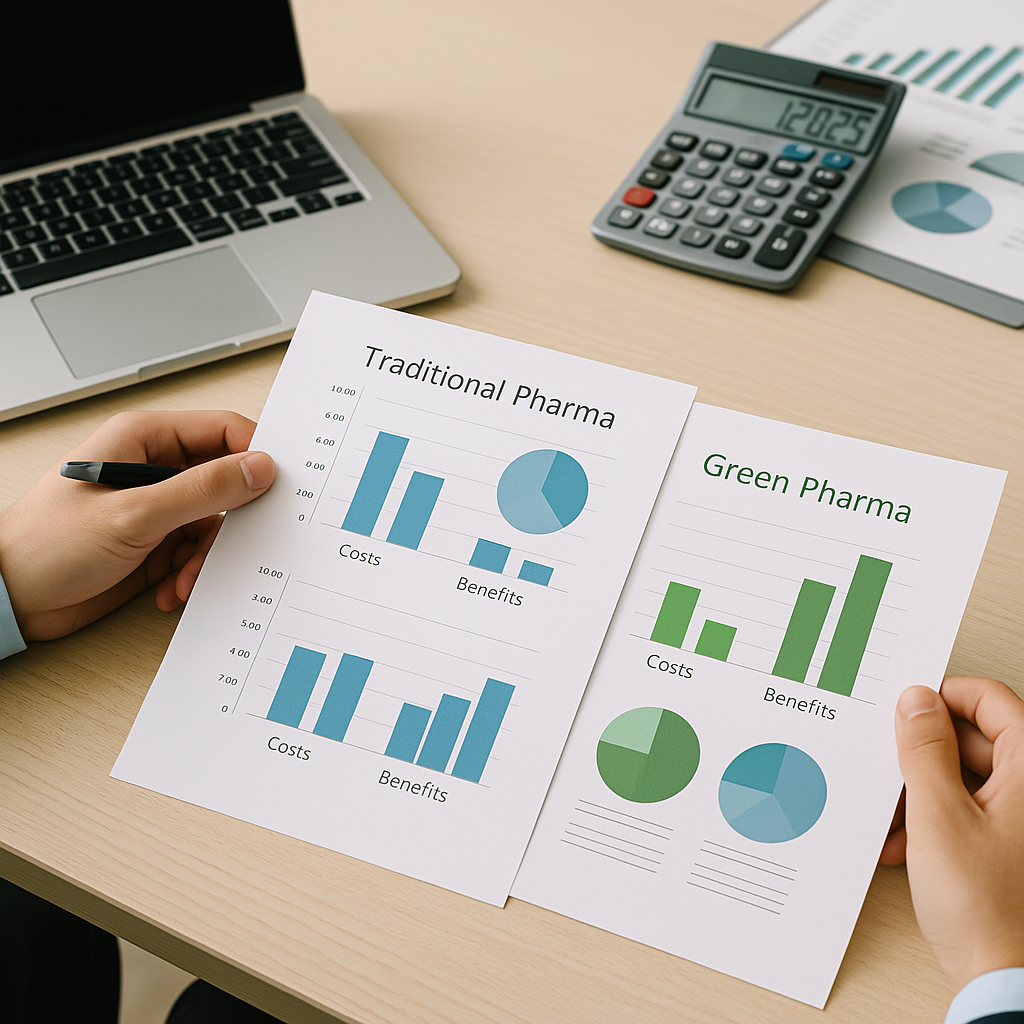
Tips for Professionals Who Want to Join the Green Pharma Movement
Here are six ways to prepare for a future in green pharma:
- Take Sustainability Courses: Learn about ESG frameworks, lifecycle analysis, and environmental law.
- Read Pharma Sustainability Reports: Analyze how top companies track their green initiatives.
- Network with Green Leaders: Join pharma sustainability events or LinkedIn groups.
- Practice Green Thinking: Suggest energy-saving ideas at work or streamline paper use.
- Build a Green Portfolio: Highlight eco-friendly projects in your resume or job interview.
- Stay Informed: Follow trends in green chemistry, green logistics, and renewable packaging.
Each step strengthens your green skills and shows employers that you’re ready for the future.
Final Thoughts: The Future Workforce Is Green
Green pharma is not a distant dream—it’s happening now. Sustainability shapes every part of the pharma value chain, from R&D to packaging and distribution. This shift creates exciting opportunities for professionals ready to align their careers with green goals.
To thrive, you must build new skills. Understand the regulations, learn green technologies, and apply sustainability thinking in your daily tasks. Whether you’re in QA, marketing, engineering, or regulatory affairs, your role can influence your company’s green impact.
More importantly, green pharma offers more than jobs—it offers purpose. You won’t just help patients; you’ll also help the planet. As companies aim for net-zero and circular operations, your contribution can shape the future of health and the environment.
References:
[1] U.S. Environmental Protection Agency – Green Chemistry
[2] World Health Organization (WHO) – Health and Environment Linkages
[3] European Medicines Agency (EMA) – Environmental Risk Assessment of Medicines
[4] Pharmaceutical Supply Chain Initiative (PSCI)
[5] International Society for Pharmaceutical Engineering (ISPE) – Sustainability in Pharma

Stephanie Männicke
Digital Marketing Especialist at Zamann Pharma Support, brings 8 years of experience in Corporate and Digital Communication. Specializing in Digital Marketing and Content Creation, Stephanie is currently focused on creating strategic content for Pharmuni's networks, especially content on topics such as recruitment, onboarding and employer branding. Outside of work, Stephanie is a mum, a crocheter and a movie fan. An avid reader and in search of expanding her knowledge, Stephanie is always looking for ways to innovate communication in the digital environment and connect people in a genuine way.
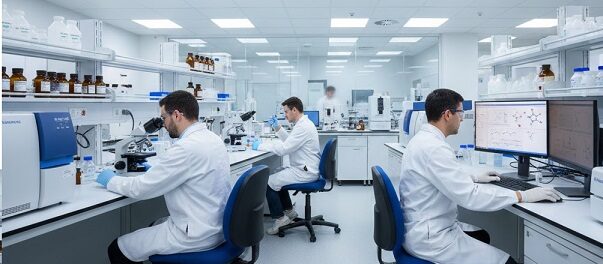
Good Manufacturing Practices in Quality Assurance: Essential GMP Basics for QA in 2025
GMP and quality assurance work together to keep medicines safe, consistent, and trusted. GMP sets clear rules for how to make, test, and document products. Quality assurance checks that every step follows those rules, so patients receive effective treatments and companies stay inspection-ready.
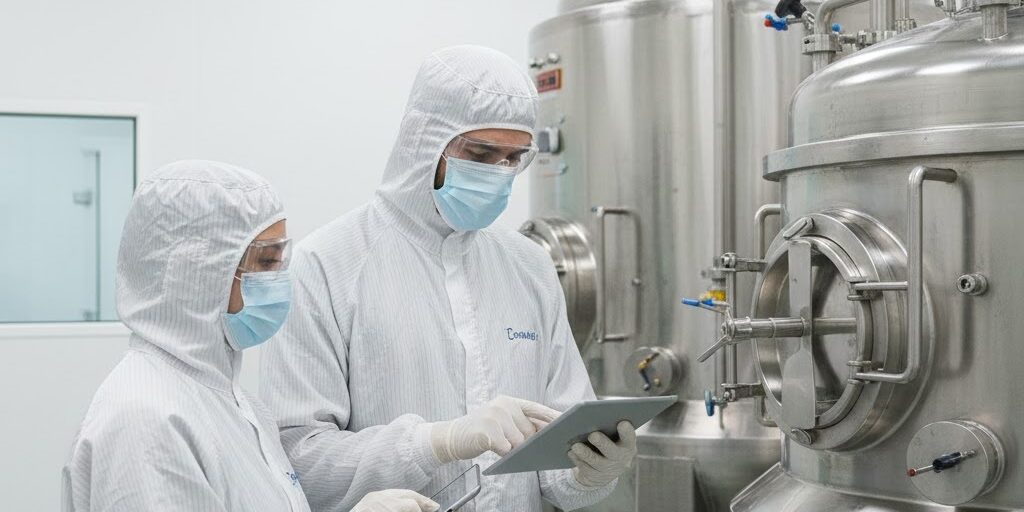
Project Manager Pharma Jobs (2025): Search Strategies, Best Platforms, and What You Must Know
Project manager pharma jobs in 2025 are highly competitive, and many great roles never appear in generic searches. This guide shows you where to look, which platforms to trust, and how to build a simple routine that turns random browsing into targeted applications, real interviews, and stronger pharma career opportunities.
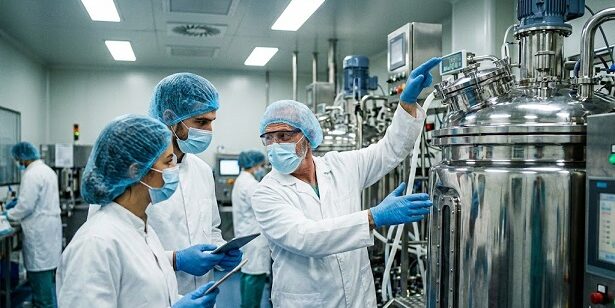
Pharma Management Courses: Managing GMP, Compliance, and Cross-Functional Teams (2025)
Pharma management courses are designed to equip professionals with essential leadership skills in GMP, compliance, and cross-functional team coordination. These courses help individuals manage regulatory challenges, reduce audit failures, and ensure product quality, making them crucial for career advancement in the pharmaceutical industry.
